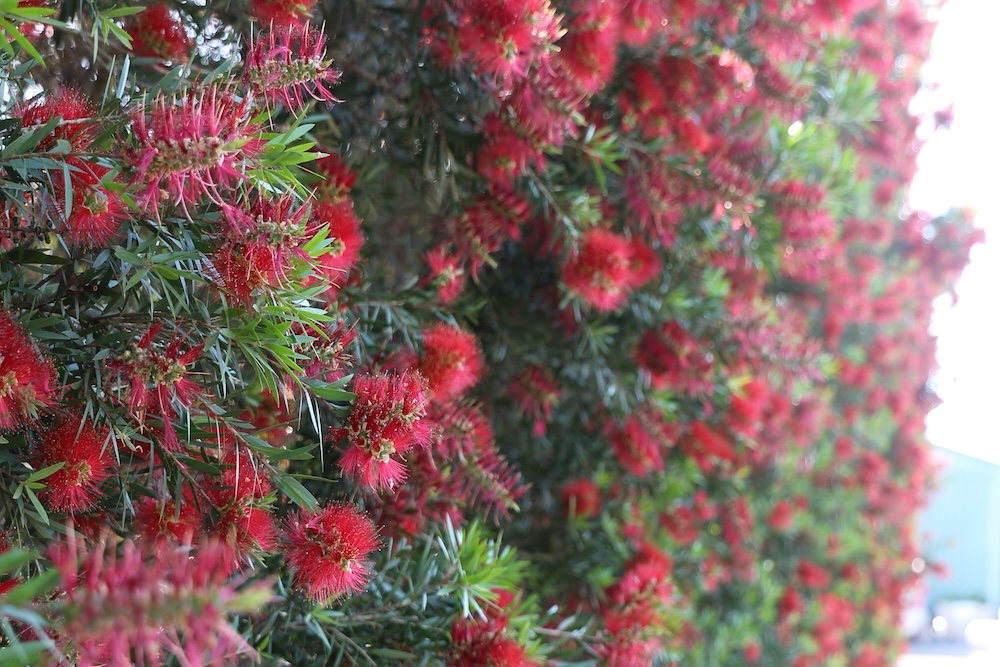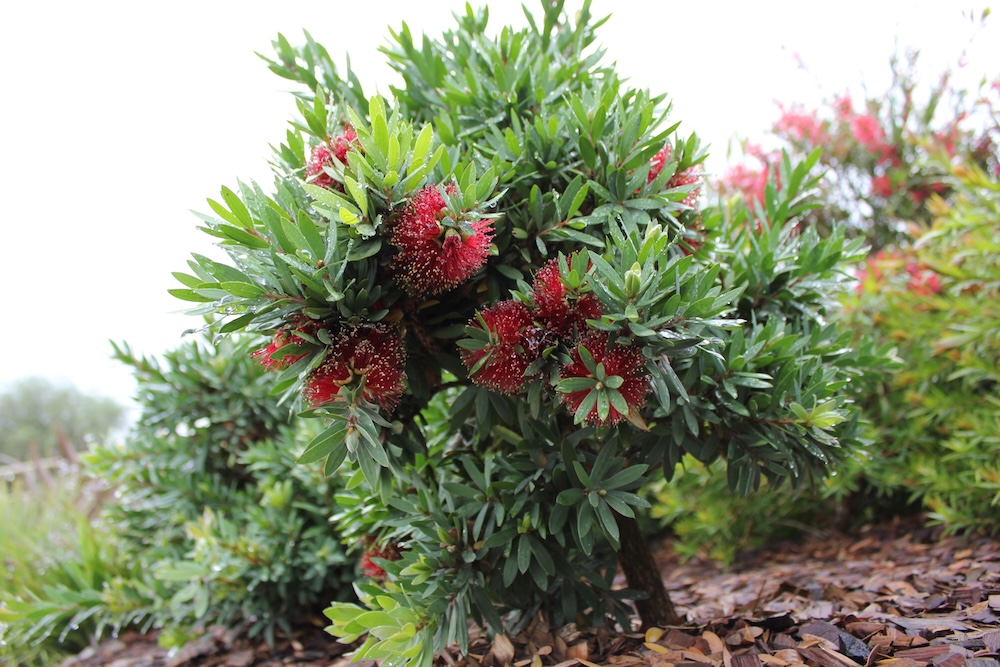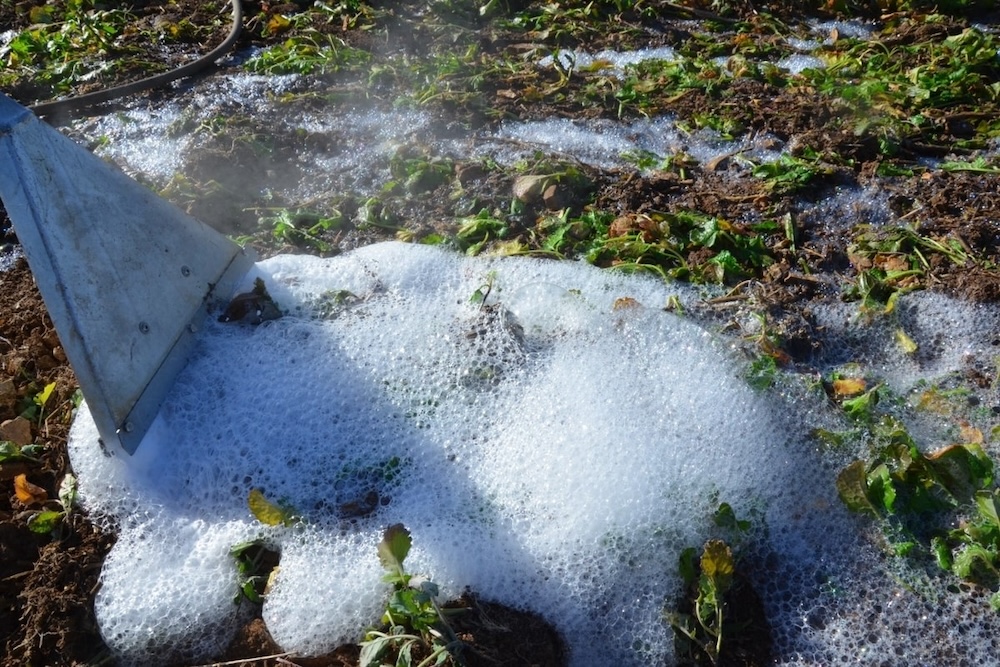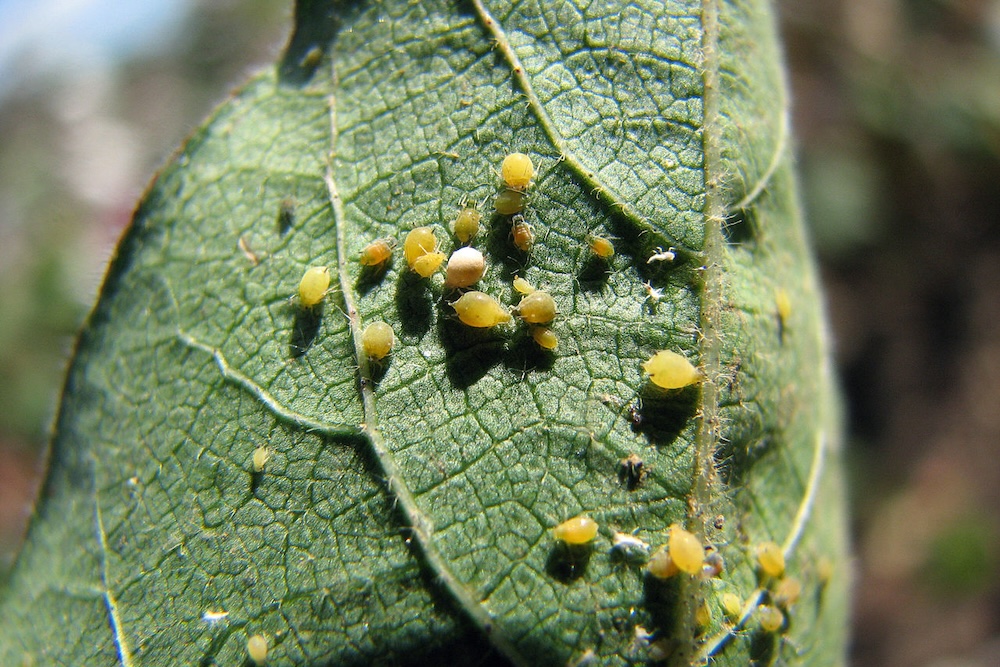Welcome to the world of polyculture, an approach to gardening that embraces diversity and mimics natural ecosystems.
12 Reasons Why Won’t My Callistemon Flower?
Have you been meticulously caring for your callistemon, only to be left wondering why it isn’t producing those stunning, pollinator-attracting bottlebrushes? Are you scratching your head, trying to figure out what could possibly be wrong?
Or perhaps you’re simply curious about how to optimise your callistemon’s flowering potential. Well, you’ve come to the right place. Let’s dive into the 12 key reasons why your callistemon might not be putting on the show you expected.

1. Climate
Understanding the Ideal Climate for Callistemon
Not all callistemons are created equal. Some are a bit fussier than others when it comes to their environment. Here at Ozbreed, we’ve bred some of the most resilient callistemons that have ever existed, but even these tough plants have their preferences.
In general, callistemons enjoy a warm, temperate climate with plenty of sunshine, though there are varieties that can tolerate cooler conditions too.
How Climate Affects Callistemon Flower Buds
Extreme temperatures, either too hot or too cold, can stress the plant and inhibit flower production. Similarly, unexpected frost or heatwaves can cause damage to budding flowers, reducing the overall blooming spectacle.
2. Soil
The Right Soil for Callistemon
Most callistemons are quite adaptable, but they generally prefer well-draining soil. Loam or sandy soils are often ideal, as they allow water to drain away from the root system, preventing waterlogging and root diseases. A slightly acidic pH is also preferred by these Australian natives.
Soil Problems that Prevent Flowering
Poor soil conditions can certainly hinder your callistemon’s flowering potential. Waterlogged soil may lead to root rot, while overly compacted or alkaline soil can prevent the plant from absorbing necessary nutrients. These stresses can lead to a lack of energy for flower production.
3. Sunlight
Sunlight Requirements of Callistemon
Sunlight is the lifeblood of any plant, and callistemons are no exception. Most varieties love a good dose of daily sunlight. While they can tolerate some shade, too little light can lead to reduced vigour and fewer flowers. Most callistemons want direct sunlight, so put them in a sunny spot.
Effects of Inadequate Sunlight on Flowering
Without sufficient sunlight, your callistemon could struggle to photosynthesise effectively. This means less energy for growth and flowering, potentially leading to a disappointing bloom season.
4. Water
Watering Needs of Callistemon
While callistemons are often touted as drought-tolerant, they do appreciate a regular watering schedule, particularly in dry periods. However, it’s essential not to overwater, as this can lead to root problems.
One way to prevent wet feet is to plant them in soil with good drainage, and to ensure that if they’re in a pot that it has good drainage holes.
Consequences of Overwatering or Underwatering
Both excessive watering and underwatering can stress your callistemon, causing it to divert energy away from flowering towards survival. Overwatering can lead to root diseases, while underwatering can cause dehydration and wilting.
Ozbreed have extensively tested a range of callistemons with extended periods of wet feet, which you can read about here.
Not all of them survived, but the following cultivars did extremely well. The following bottlebrush plants all do well through dry periods as well, and so they’re all great for bioswales which experience periodic waterlogging and drought.

5. Nutrient Needs of Bottlebrush Plants
Nutritional Requirements of Callistemon
Contrary to popular opinion, callistemons don’t necessarily need a “native” fertiliser. They’re quite content with a slow-release, balanced NPK ratio as found in compost or manure.
Nutrient Deficiencies and Flowering
A lack of essential nutrients can certainly impact your callistemon’s ability to flower. Nitrogen, phosphorus, and potassium (NPK) are particularly important for healthy growth and flowering.
A deficiency in any of these nutrients can lead to poor flower development or even prevent flowering altogether. For instance, nitrogen promotes leafy growth, while phosphorus is vital for root development and flowering.
Potassium, on the other hand, is responsible for overall plant health. Without a balanced supply of these nutrients, your callistemon may struggle to produce blooms. While you’ll get these three nutrients in spades from an artificial fertiliser, an organic fertiliser will deliver micronutrients and carbon to feed the soil microorganisms that are allies in your callistemon’s health.
6. Improper Pruning of Bottlebrush Plants
You don’t need to prune your callistemon to make it flower. But if you prune it at the wrong time, or you prune it too hard, you’ll hinder blooming.
How to Properly Prune Callistemon
The best time to prune your callistemon is shortly after it’s finished blooming. This allows the plant to recover and put energy into new growth that will bear next year’s flowers. When pruning, focus on removing old, woody stems and thinning out the plant to improve air circulation. Always use clean, sharp tools to avoid causing damage or spreading disease.
The Consequences of Improper Pruning on Bottlebrush Plant Flowering
Pruning just before they bloom in spring can interrupt the formation of flower buds, reducing the season’s spectacle. Similarly, over-pruning can stress the plant, leaving it with insufficient energy to produce flowers, particularly if you remove the foliage back to sticks. It’s a delicate balance that requires careful timing and technique.
7. Pests/Diseases for Bottlebrush Plants
Like all plants, callistemons can be affected by a range of pests and diseases. These threats can not only damage the plant but also impact its ability to flower. It can also eliminate blossoms altogether.
Common Pests and Diseases of Callistemon
Common pests that affect callistemons include sap-sucking insects like aphids and scale. These pests can weaken the plant and may lead to sooty mould. Certain caterpillars can also be an issue.
Fungal diseases often seen in callistemons include root rot (often due to overwatering or poor drainage) and myrtle rust. Some callistemon cultivars have been bred for superior pest and disease resistance, which can help minimise these problems.
Ozbreed has conducted testing into plants that are commonly thought to be susceptible, and found some very resistant cultivars. You can view the research here. There were several callistemons that showed promise with restricted infections.
But the below plants completely blew the others out of the water and proved themselves as two of the most myrtle rust resistant callistemons ever bred, showing no signs of infection at all:

Pests, Diseases, and Poor Flowering
Pests and diseases can severely impact a callistemon’s health, draining its energy reserves and potentially causing significant damage. This stress can result in a lack of energy available for flower production on affected branches, leading to fewer blooms or even preventing flowering altogether. By dealing with the pests, you can encourage blooming.
8. Root Binding
Root binding can be a significant issue for potted callistemons and those planted in compacted soil or poor soil profiles.
Understanding Root Binding in Bottlebrush Plants
Root binding occurs when the plant’s roots become tightly entwined. In the case of callistemons planted directly in the soil, root binding can occur if the soil is compacted or has a poor profile, preventing the roots from spreading out.
It can also happen when root binding occurs in the pot prior to planting, and the plant never gets a chance to spread its roots into the soil as a result.
Root Binding’s Effect on a Flowering Bottlebrush Plant
The restricted root system struggles to absorb water and nutrients effectively, causing the plant to become stressed. This stress can result in a lack of energy available for flower production.
That’s why it’s important to check potted callistemons for root binding prior to planting, and ensure that those planted in the ground are in well-structured, aerated soil. If the root ball is overly bound in the pot prior to planting, consider cutting the outer layer of roots back with a clean knife or pair of secateurs.
Daniel’s Wrap
As we’ve explored, there are numerous reasons why your callistemon might not be blooming as expected. From climate to soil, sunlight to water, each aspect of its care plays a crucial role in its ability to produce those beautiful, brush-like flowers.
But don’t despair. Now that you’re equipped with this knowledge, you can assess your callistemon care and make the necessary adjustments to set your plant up for success. Maybe it’s simply time you ripped your old, lacklustre callistemon out of the ground and replaced it with a better cultivar.
You might just find your next specimen here.




This Post Has 0 Comments